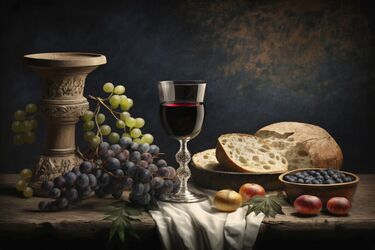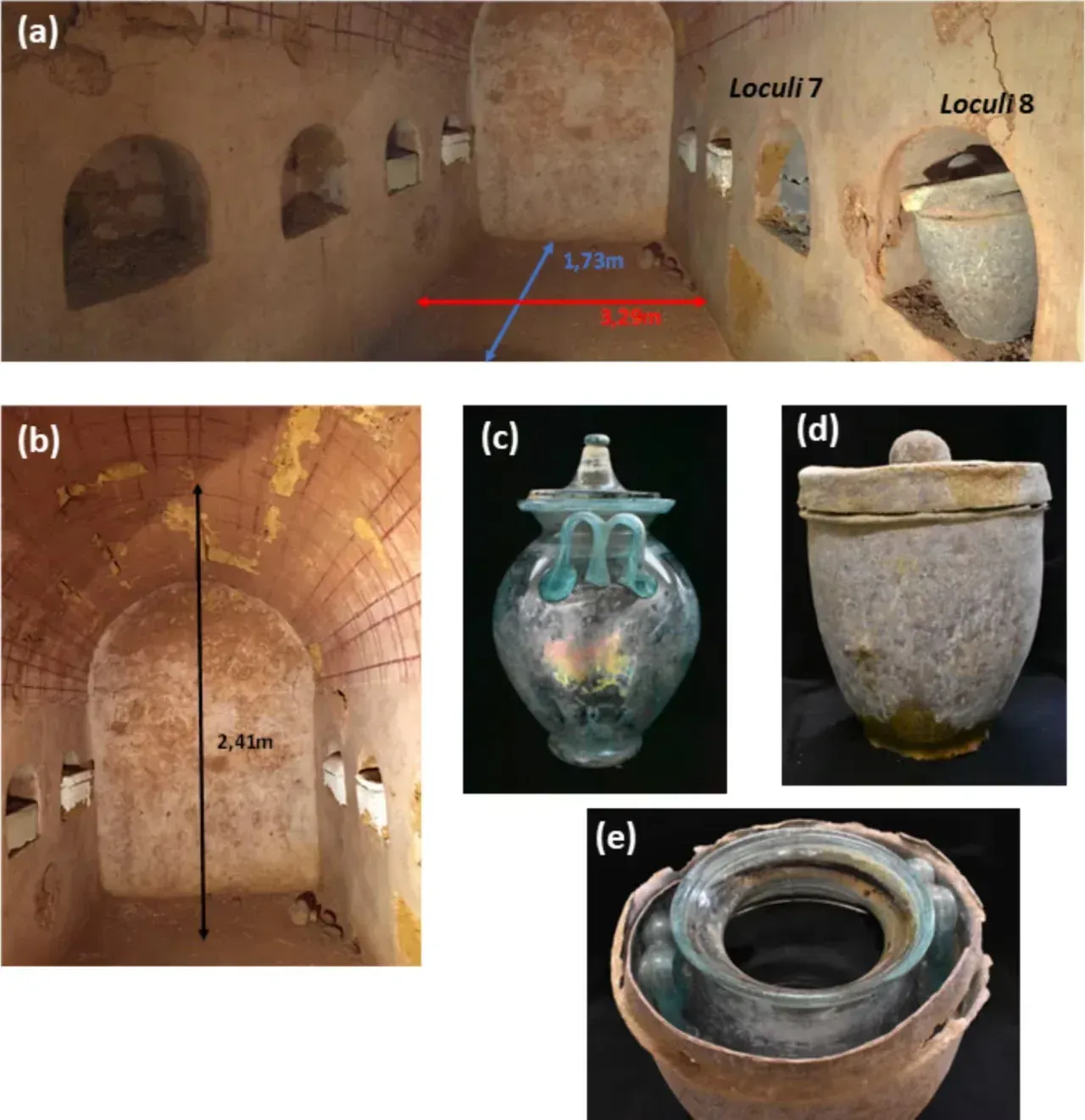The oldest wine in the world: archaeologists discovered a 2000-year-old artifact in a tomb in Spain (photo)

In an ancient Roman tomb, more than 2000 years old, in southwestern Spain, the oldest wine that is still liquid was found.
This discovery is quite surprising, especially because of the accompanying details, which look even more mysterious and even a bit creepy. The Guardian writes about it.
One of the urns found in the tomb contained a red liquid that scientists identified as wine. This urn was hermetically sealed, and at its bottom were the cremated remains of a man. The discovery was made in the city of Carmona when a homeowner accidentally stumbled upon the tomb during renovations in 2019 and reported it to local authorities.
Scientists believe that the tomb remained untouched for two thousand years, which allowed to keep its contents in excellent condition. Among the many artifacts found in the tomb, an urn with wine was of particular interest, along with other urns and ritual objects.
"A perfect airtight seal was created between the lid and the urn, which prevented the liquid from evaporating," said Jose Rafael Ruiz Arrebola, a professor of organic chemistry at the University of Cordoba. This seal also protected the wine from the oxidation process, although its quality had already suffered greatly.
The researchers found biomarkers, polyphenols of plant origin, which confirmed the identification of the liquid as wine. However, the high pH and the presence of organic compounds in this sample differ from the composition of modern wines. There is an assumption that this wine could have originally been white, but eventually changed color due to decomposition processes and environmental influences.
The wine was probably used by the Romans during rituals when it was left with the deceased to support them in their later life. Other funerary items such as perfume, necklaces, and various artifacts were also found in the tomb.
Among the important finds, in addition to the wine, were 2000-year-old perfumes that remained in a bottle made of rock crystal. Analysis showed that it contained patchouli essential oil.

The hermetic closure of the tomb helped preserve organic materials, including fragments of fabric. The Carmona City Council is planning to organize an exhibition next October featuring these and other artifacts.
Now scientists are faced with the question: will the wine continue to "mature"? Or will it end up in a wine cellar? And how well has it been preserved? Restorers and conservators are already working on the conditions for further preservation of this unique find.
If you want to get the latest news about the war and events in Ukraine, subscribe to our Telegram channel!
